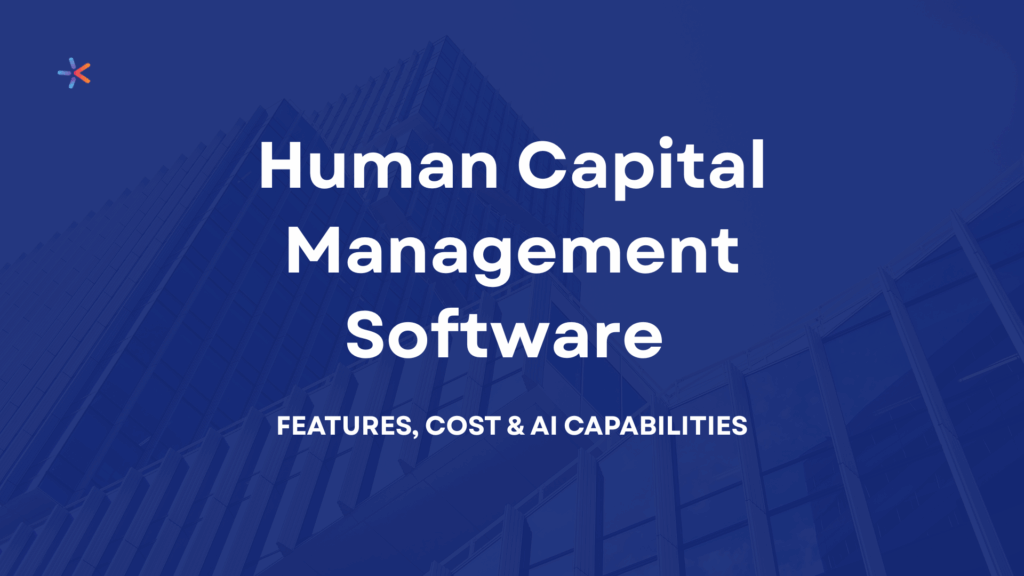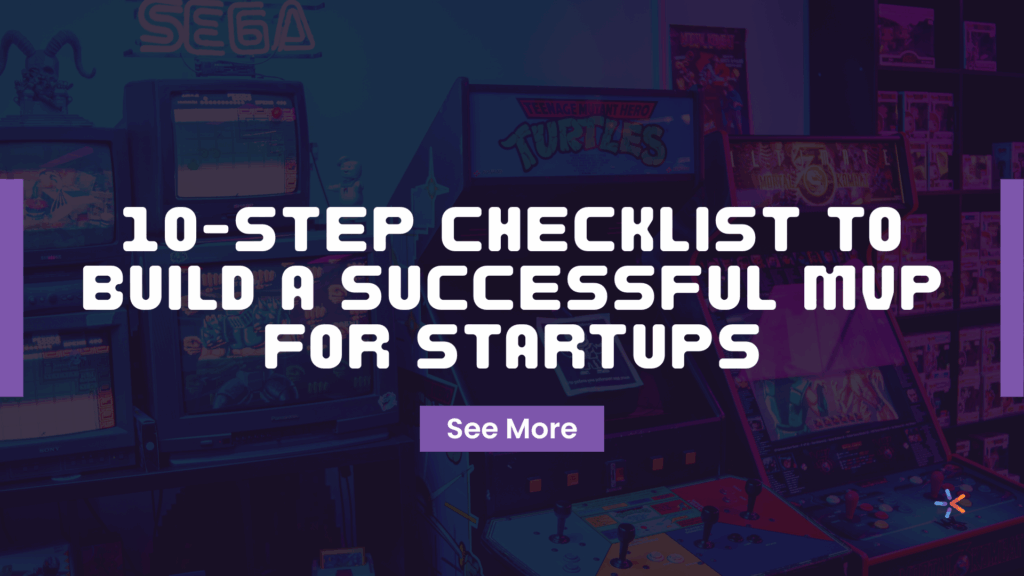In 2025, ServiceNow is no longer just a platform for IT service management — it has evolved into a robust ecosystem driving enterprise automation, digital transformation, and customer experience innovation. With businesses under increasing pressure to deliver faster, smarter, and more scalable solutions, ServiceNow has positioned itself as the go-to platform for workflow digitization across IT, HR, finance, security, and more.
In this blog, we’ll dive into the latest ServiceNow trends in 2025, explore how top organizations are leveraging the platform, and share insights into what’s next for this powerful technology. Whether you’re a developer, enterprise architect, or decision-maker, this article will give you actionable insights to stay ahead.
🔍 Why ServiceNow is Booming in 2025
Before we dive into the trends, here’s why It is booming right now:
AI-powered workflows streamline manual operations.
Low-code development democratizes automation.
Cross-departmental integration improves visibility and control.
Increased focus on employee and customer experiences.
According to Gartner, over 70% of large enterprises are now using platforms like ServiceNow to automate at least 40% of their service delivery functions. Let’s break down the major trends fueling this growth.
📈 1. AI-Driven Automation Takes the Lead
AI and machine learning are now embedded into almost every aspect of ServiceNow’s platform. The Now Platform Tokyo and Washington DC releases introduced AI capabilities like:
Predictive Intelligence for incident classification
Virtual Agents that handle L1 queries
Auto-routing based on historical ticket resolution
In 2025, ServiceNow has further deepened AI with Generative AI features, enabling chatbots and agents to generate answers, build workflows, and summarize case history in real time.
🧠 Pro Tip:
Implementing predictive models in ServiceNow not only saves time but reduces SLA breaches by up to 35%.
📱 2. Mobile-First, Experience-Centered Design
With remote and hybrid work models becoming the norm, ServiceNow has invested heavily in mobile-first UI/UX. Employees and customers now expect seamless interactions via mobile devices, and the platform’s Next Experience UI delivers just that.
Some popular use cases:
Field agents using mobile for asset management
HR onboarding done entirely via mobile workflows
Mobile approvals for managers on the go
🛠️ 3. Low-Code & No-Code Platforms Accelerate Delivery
Gone are the days when only developers could build ServiceNow apps. In 2025, citizen developers are building solutions using the App Engine Studio, Flow Designer, and IntegrationHub.
Key benefits:
Speeds up development cycles by 50–70%
Reduces reliance on overburdened IT teams
Empowers business users to innovate
Example: A finance manager can now automate invoice approvals using drag-and-drop tools — without writing a single line of code.
🔐 4. ServiceNow as a Cybersecurity Nerve Center
As cybersecurity threats evolve, ServiceNow’s Security Operations (SecOps) module is becoming essential. Organizations are using it to:
Detect vulnerabilities in real-time
Orchestrate incident response across teams
Integrate with tools like Splunk, CrowdStrike, and Palo Alto
🔒 Bonus Insight:
In 2025, ServiceNow also supports Zero Trust Architecture (ZTA) frameworks, making it a key player in compliance automation and governance.
🔄 5. Unified Operations: ITOM, AIOps & Observability
In 2025, IT Operations teams are merging ServiceNow with observability tools to get 360-degree visibility into infrastructure and services. With ITOM Visibility, Event Management, and AIOps, teams can now:
Auto-discover assets and services
Predict outages before they happen
Remediate issues using automation scripts
This proactive model is helping companies reduce downtime and improve MTTR (mean time to resolution) dramatically.
🌍 6. ESG & Sustainability Workflows
One of the most unexpected but vital ServiceNow trends is its focus on Environmental, Social, and Governance (ESG). Enterprises are now using the platform to:
Track energy consumption across departments
Automate ESG reporting
Ensure compliance with global sustainability standards
This not only builds brand trust but also helps in meeting regulatory requirements like the EU’s Corporate Sustainability Reporting Directive (CSRD).
🤝 7. Expansion Beyond IT: HR, Legal, Procurement & More
ServiceNow has expanded its footprint beyond ITSM. The rise of Enterprise Service Management (ESM) in 2025 has brought automation into:
HR Service Delivery (HRSD)
Legal Service Management
Procurement workflows
Customer Service Management (CSM)
This cross-functional approach ensures consistent service delivery across departments and improves overall user satisfaction.
🧩 8. Seamless Integrations & App Store Ecosystem
The ServiceNow Store continues to grow in 2025, offering thousands of pre-built applications and integrations. Companies are combining ServiceNow with:
Salesforce (CRM)
Microsoft Teams & Outlook
Jira (DevOps)
SAP (ERP)
With IntegrationHub Spokes, you can connect these tools with just a few clicks — enabling end-to-end digital transformation.
📊 Future Outlook: What to Expect Next
Looking ahead, here’s what we predict for ServiceNow in 2026 and beyond:
AI copilots for workflow creation
Blockchain-based compliance tracking
Deeper vertical solutions (e.g., healthcare, finance, government)
Autonomous operations with minimal human intervention
🎯 Final Thoughts
ServiceNow’s evolution in 2025 proves that it’s no longer a back-end tool — it’s a strategic enabler of business agility. Whether you’re building customer portals, automating service desks, or driving sustainability — the Now Platform offers a unified, intelligent foundation.
By staying updated with these trends, organizations can not only boost efficiency but also future-proof their digital strategy.
❓ Frequently Asked Questions (FAQs)
What are the top ServiceNow trends in 2025?
In 2025, the top ServiceNow trends include AI-driven automation, low-code/no-code development, mobile-first experiences, cybersecurity integrations, and enterprise-wide workflow digitization across HR, IT, legal, and customer service.
How is AI used in ServiceNow?
ServiceNow uses AI for predictive analytics, ticket classification, virtual agents, and automated routing. In 2025, GenAI is also being used to generate workflow scripts, summarize tickets, and automate knowledge responses.
Is ServiceNow only for IT departments?
No. While ServiceNow started as an ITSM platform, it has expanded into HR, finance, legal, procurement, and customer service. It now powers enterprise-wide service management through unified workflows.
What industries are adopting ServiceNow in 2025?
In 2025, industries such as healthcare, finance, manufacturing, government, and retail are actively adopting ServiceNow to automate workflows, ensure compliance, and improve service delivery.
What is low-code development in ServiceNow?
Low-code development in ServiceNow allows non-developers (citizen developers) to build apps using drag-and-drop tools like Flow Designer and App Engine Studio. This reduces development time and empowers faster innovation







